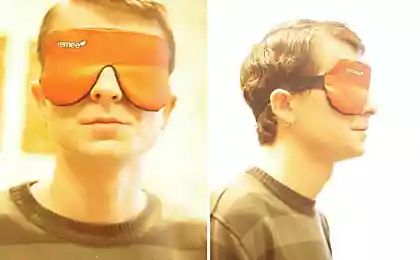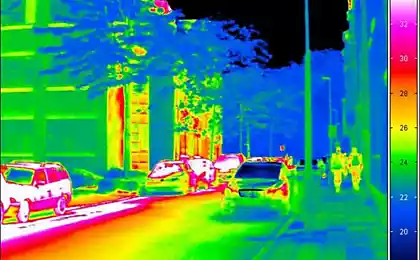552
The first seconds after the rapid eye movement seems more long

It is an illusion, which is called "hronostazis." Its essence lies in the fact that the first impression after a saccade (rapid eye movement) seems stretched in time. The most common example is hronostazisa experiment with analog clock with a second hand: if you look at the clock, the first move arrow seems more debt than its next move.
Regular readers Faktruma easily be able to explain this phenomenon. Aiming to create a continuous visual perception, the brain fills in the "gaps" saccades on the basis of experience. In the case of hronostazisom we can observe the "slowdown" of consciousness at a time when the necessary visual information is extracted from the brain memory and inserted into the perception of the present moment.
via factroom.ru
Barcelona eye Faktruma: 20 facts about the first impression
5 experiments that parents are scientists conducted on their children
























